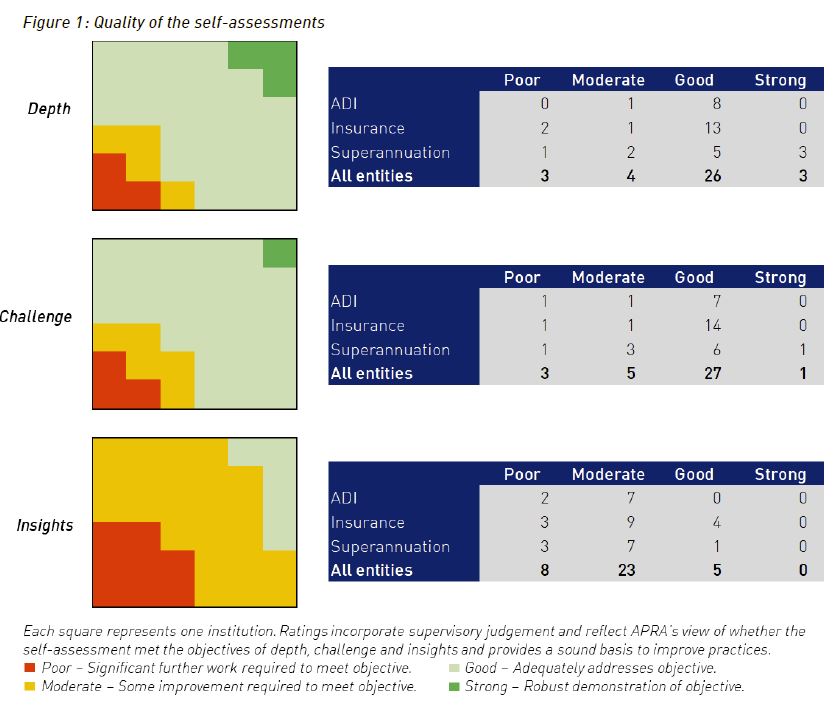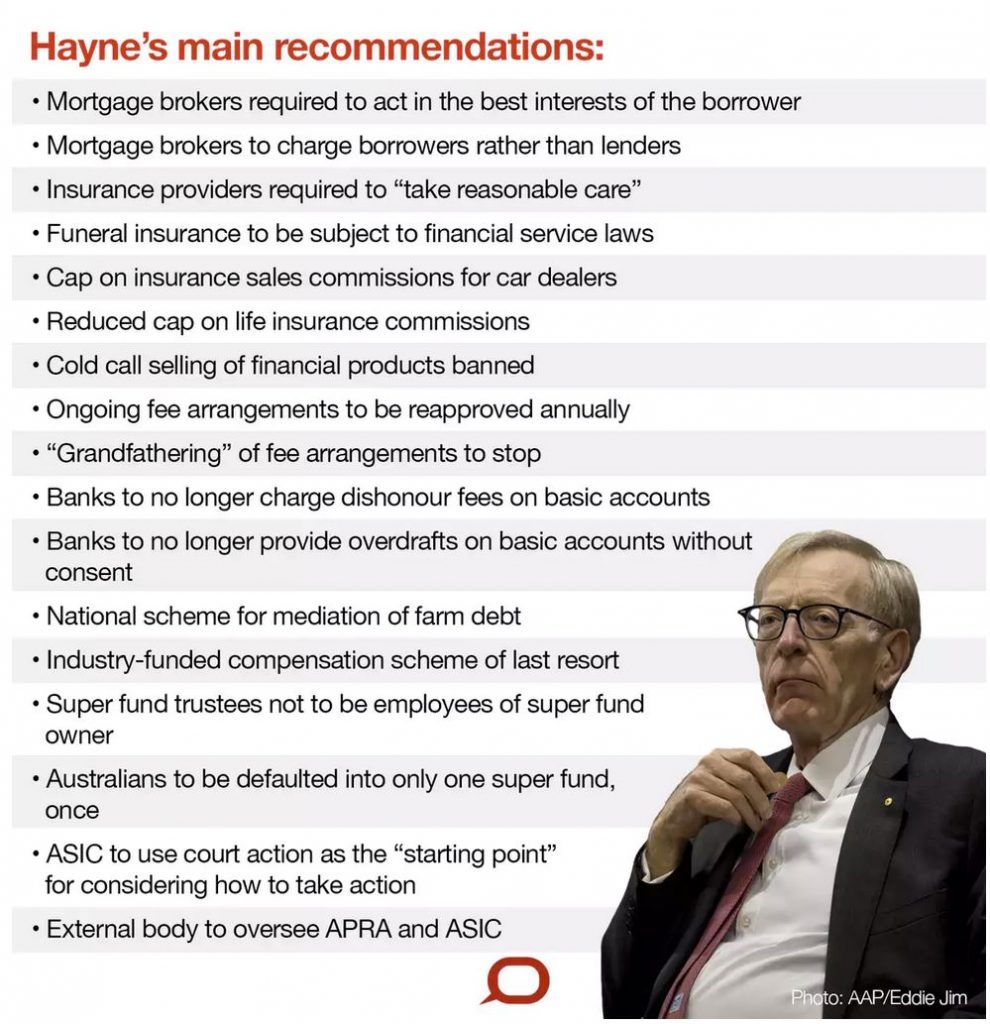Brokers should be applying new credit card assessment rules to their loan applications, the solicitor director of The Fold Legal has suggested. Via The Adviser.

The Australian Securities and Investments Commission (ASIC) last year announced new assessment criteria that is to be used by banks and credit providers when assessing new credit card contracts or credit limit increase for consumers.
Under the changes, credit licensees are required to assess whether a credit card contract or credit limit increase is “unsuitable” for a consumer based on whether the consumer could repay the full amount of the credit limit within the period prescribed by ASIC.
ASIC outlined last year that, as part of the new measures, credit licensees undertaking responsible lending assessments for “other credit products”, including mortgages, should ensure that the consumer “continues to have the capacity to repay their full financial obligations” under an existing credit card contract, within a “reasonable period”.
Speaking of the new rules, Jaime Lumsden Kelly, solicitor director of The Fold Legal, has suggested that, while it is not mandatory for brokers, both lenders and brokers should apply the same rules to their loan applications.
Writing in a blog post for The Fold Legal, Ms Lumsden Kelly elaborated: “In the past, credit card contracts were assessed as unsuitable if the applicant couldn’t repay the minimum monthly repayment for that limit. Under the new rules, credit card providers must make their assessment based on whether the applicant can repay the entire credit card limit within three years.
“If a credit card applicant cannot repay the full credit limit in three years, it’s assumed that they will be in substantial hardship. This is because a consumer who cannot afford to repay the limit within three years will probably pay a staggering amount of interest that will take an extraordinarily long time to repay.
“If the applicant is in substantial hardship, the credit card provider must decline the application as being unsuitable,” she said.
While the rule doesn’t “technically” apply to other lenders or brokers, the lawyer added that “all lenders and brokers have an obligation to reject a credit contract if it would place the consumer into substantial hardship”.
“If the inability to repay a credit card within three years is considered to be a substantial hardship when assessing a credit card application, how can it also not be substantial hardship, if a consumer will no longer be able to repay their credit card within three years because they’re meeting new repayment obligations on a car or home loan?” she said.
Ms Lumsden Kelly gave the following scenarios as an example to illustrate the point.
In the first scenario, an applicant with a $500,000 mortgage applies for a $15,000 credit card. When assessing the credit card, the provider determines that the applicant is “unsuitable” because they won’t have enough income to repay their credit card limit in full within three years. So the credit card provider declines the application.
However, if the same applicant already has a $15,000 credit card and then applies for a $500,000 mortgage (on identical terms as in the first scenario). The licensee is only required to consider whether the applicant can make the minimum monthly repayment on their credit card when determining if they will suffer substantial hardship. On this basis, the licensee approves the mortgage.
“The end result for the applicant is the same in both scenarios,” she said. “They have a $500,000 mortgage and a $15,000 credit card limit. So how can we say that they are in substantial hardship in one scenario but not in the other?
“It’s an absurd outcome that the same person could be approved or declined for a credit product just because they applied for them in a particular order.”
The Fold Legal solicitor concluded: “Over time, the courts and AFCA may seek to align the obligations of all credit providers and brokers. In the meantime, ASIC has said it expects all credit licensees to apply the rule to existing credit cards by 1 July 2019.
“This means credit providers and brokers should consider the implications of this situation when determining how they will assess a credit card holder’s capacity to pay and substantial hardship for other loan applications.”
She urged any brokers unsure of how the rules affect their business or credit obligations to contact a lawyer.










